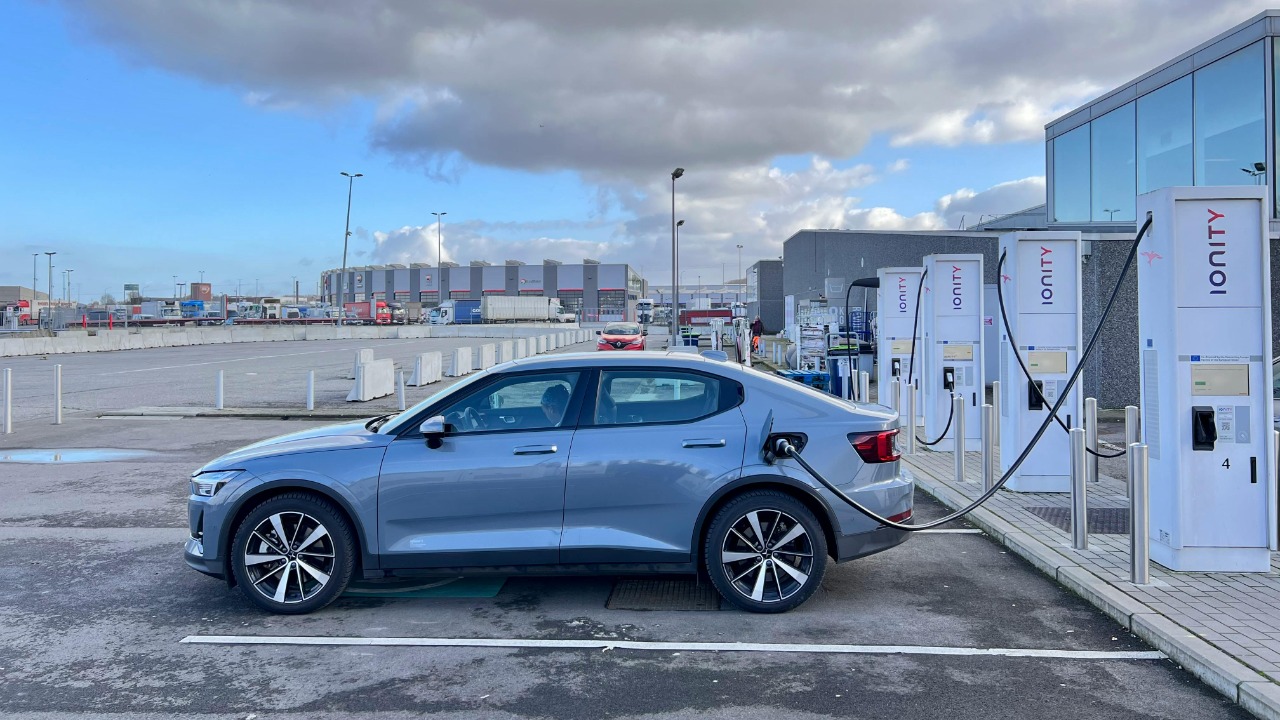
Recent studies have challenged the long-held belief that plug-in hybrids (PHEVs) are a cleaner alternative to traditional gas cars. Findings published on October 26 and 27, 2025, suggest that PHEVs emit nearly as much pollution as gas cars when real-world driving habits are taken into account. This revelation prompts a reevaluation of the role of PHEVs in reducing emissions.
The Core Findings of the Recent Study
The October 26 study examined emissions from PHEVs in everyday use and found that they were comparable to those of gas cars. This is primarily due to infrequent charging, which results in hybrids operating in gas mode more often than expected. The study’s methodology included real-world data on driving patterns, providing a more accurate picture of PHEV usage and emissions.
Key metrics from the study revealed that the greenhouse gas outputs of PHEVs approach those of conventional vehicles. This is a significant finding, as it challenges the perception of PHEVs as a cleaner alternative to gas cars. The study underscores the importance of considering real-world usage patterns when evaluating the environmental impact of PHEVs.
European Context for PHEV Performance
A report published on October 27, 2025, focused on the performance of PHEVs in Europe. The study found that regional driving and charging behaviors contribute to PHEVs being nearly as dirty as gasoline cars. Factors such as Europe’s grid and infrastructure limit the efficiency of PHEVs, resulting in higher emissions.
The emissions data from European models underscore the near-equivalence with gas cars. This report provides valuable context for understanding the performance of PHEVs in different regions and the factors that influence their emissions.
Debunking Myths Around Hybrid Emissions
A 2021 study busted the myth about EV greenhouse gas emissions and dirty grids. In contrast, PHEVs have been found to fail in delivering promised reductions even on less clean power sources. This discrepancy can be attributed to the fact that actual usage often overrides theoretical benefits in both hybrids and EVs.
For instance, the infrequent charging of PHEVs, as revealed in the recent studies, leads to increased reliance on gas mode, thereby increasing emissions. This study highlights the importance of considering real-world usage patterns when evaluating the environmental impact of different vehicle types.
Why the U.S. Shifted Away from Plug-In Hybrids
In March 2024, it was argued that America’s focus on electric cars and not plug-in hybrids was a huge mistake. This argument was linked to policy and market decisions that prioritized full EVs over hybrids. Historical U.S. incentives have favored full EVs, leading to a shift away from PHEVs.
However, this shift has had unintended consequences, such as slower adoption rates tied to gaps in charging infrastructure. The argument suggests that a more balanced approach, considering both full EVs and PHEVs, could have been more effective in promoting the adoption of cleaner vehicles.
Emerging Electric Alternatives on the Horizon
As of October 19, 2025, several hot, new electric cars are coming soon, positioning them as cleaner alternatives to PHEVs. These models, with their projected emission profiles, offer promising solutions to the gaps exposed by recent hybrid studies.
Specific models such as the Tesla Model Y and the Ford Mustang Mach-E are expected to deliver superior performance and lower emissions compared to PHEVs. The upcoming electric cars represent the next step in the evolution of cleaner vehicles, offering hope for a more sustainable future.
Implications for Consumer and Policy Choices
The 2025 studies are likely to influence buyer decisions, emphasizing the long-term cost and environmental trade-offs of choosing PHEVs over full EVs. Potential regulatory responses in regions like Europe and the U.S. may also be influenced by these findings, leading to policy changes that favor cleaner vehicles.
Future research could focus on improving hybrid technology to close the emissions gap. The recent studies have highlighted the need for a more nuanced understanding of vehicle emissions, taking into account real-world usage patterns. This could lead to more effective strategies for reducing emissions and promoting cleaner vehicles.
More from MorningOverview